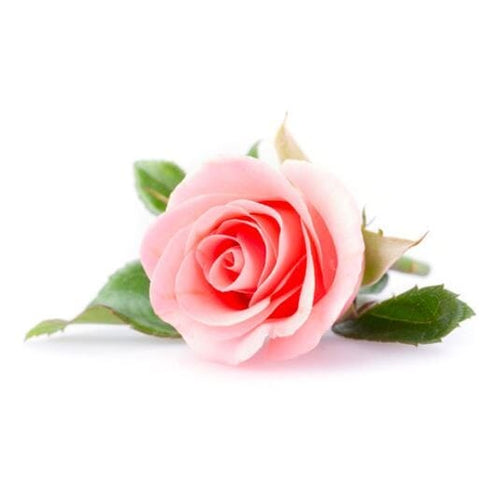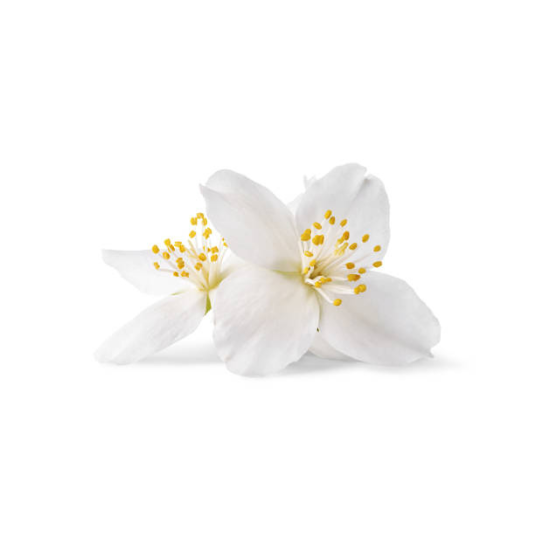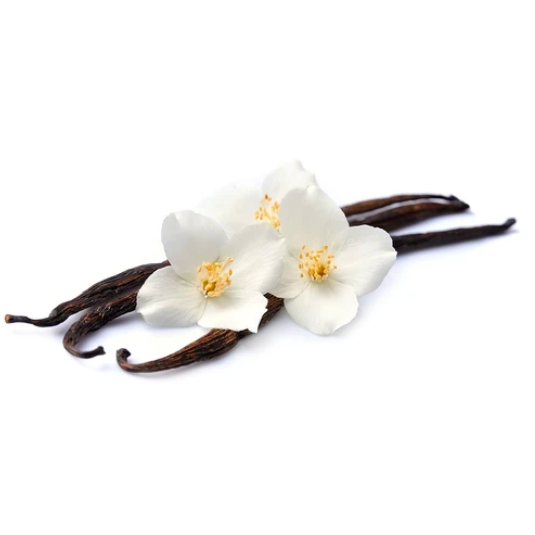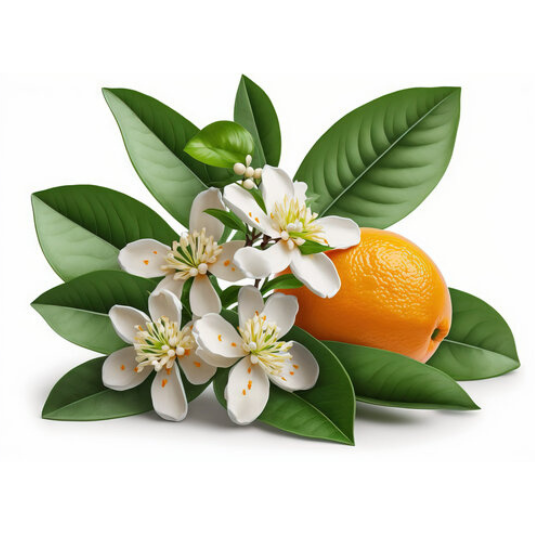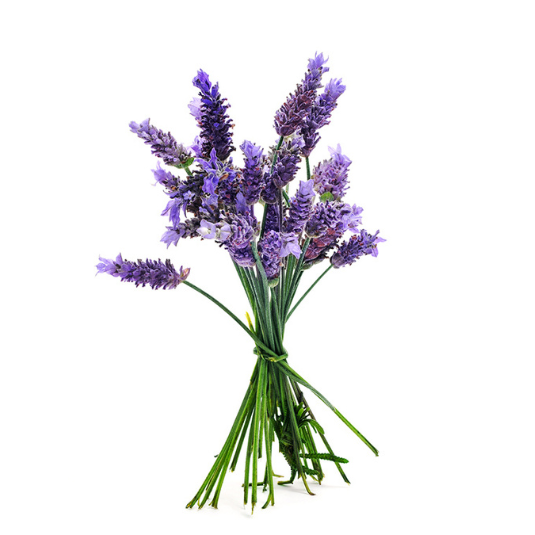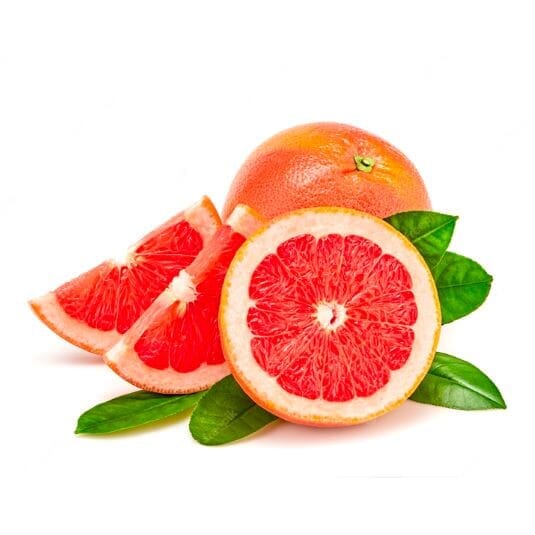What does the word rose mean?
The etymology of the word "rose" dates back to antiquity. Its roots lie in the Latin "rosa," borrowed from the ancient Greek "rhodon." The rose, a symbol of love, passion, and beauty, holds an important place in many cultures around the world, both in art and literature.
In the beginning…
The history of the rose dates back thousands of years. The wild rose, Rosa gallica, is believed to be one of the first rose species to have been cultivated by humans. This dates back to ancient times in Mesopotamia and Egypt. Roses were already prized for their beauty and fragrance in Greece and Rome, where they were associated with the goddesses Aphrodite and Venus. During the Middle Ages, rose cultivation intensified in Europe, particularly thanks to monks and castle gardens. New varieties were developed, including the Damask rose and the Provins rose. Over the centuries, the rose became a symbol of courtly love and played an important role in literature and art. Today, thanks to the efforts of rose breeders, we have a wide variety of roses in various shapes, colors, and fragrances, and they remain one of the most popular and cultivated flowers worldwide.
DID YOU KNOW? In Greek mythology, the story of the creation of the rose is linked to a tragedy: Chloris, goddess of flowers, is devastated when she discovers the screwless body of a nymph. She decides to reincarnate it as a new flower, the rose. She asks the other gods for help: Aphrodite gives this plant beauty, Dionysus grants it an enchanting fragrance, and the Charites, goddesses of grace, offer it radiance and charm.
Rose growing
Rose-growing regions are found in various countries around the world. In Europe, the Grasse region of France is famous for its roses used in the perfume industry. Bulgaria is renowned for its roses and produces a large quantity of rose oil. Morocco is also known for its production of roses for the distillation of rose water. Turkey is renowned for its production of high-quality roses, particularly the Isparta rose. In Asia, India, particularly in the state of Tamil Nadu, is renowned for growing roses for the production of garlands and essential oil. Finally, Ecuador is one of the largest producers of cut roses in the world, benefiting from its climate conducive to abundant flowering and flower quality.
To ensure the rose bush thrives, it is important to choose a suitable location, preferably in full sun with well-drained and fertile soil. Before planting, it is recommended to prepare the soil by enriching it with compost or decomposed manure. Regular watering is essential, especially during dry periods! However, overwatering could cause the roots to rot: it's all about the right dosage! Once the rose bushes have fully developed, when the buds are sufficiently developed, harvesting begins with a precise cutting of the bud with a sharp knife. The roses are then sorted, packaged, and shipped, either fresh for the cut flower market or used for the production of essential oils or other rose-based products. This process requires patience, expertise, and care to obtain high-quality roses!
The different species of rose
Two varieties of rose with particularly fragrant powers are favored by perfumers:
• The Damask rose , known as Rosa damascena , is an ancient and iconic variety of rose. Native to the Damascus region of Syria, it is considered one of the oldest and most precious roses in the world. It was revered in ancient civilizations, particularly in Egypt, Greece, and Persia, for its captivating fragrance and medicinal properties. The Damask rose is characterized by its large flowers with delicately fringed, fragrant petals. It comes in a wide range of colors, from white to pale pink, red, and purple. It is also valued for its exceptional aromatic qualities, its sweet and spicy scent.
• The Grasse rose , known as Rosa centifolia , is a specific variety of centifolia rose grown in the Grasse region of France. Valued for its subtle fragrance and exceptional quality, this rose is often used in the perfume industry to create refined and timeless fragrances . Also known as the May rose, is an old rose variety valued for its sweet and captivating fragrance. Its delicate pink petals and multiple layers of petals make it an emblematic flower of beauty and elegance.
There are also other types of rose that are renowned but are not used in perfumery, such as:
• The Rosa Peace , known as the peace rose. It dazzles us with its flowers with delicately fringed yellow and pink petals, symbolizing tranquility and harmony.
• The Redoute rose pays homage to the famous botanist and artist Pierre-Joseph Redouté. Its large, pale pink flowers exude a sweet and delicate fragrance.
• The Rosa Mister Lincoln is a hybrid tea rose whose intense red color captivates hearts. Its powerful fragrance makes it simply irresistible!
• The Queen Elizabeth rose , a grandiflora hybrid rose, whose large pink flowers and subtle fragrance make it a royal choice for gardens and bouquets.
• The mysterious Blue Moon rose charms us with its enchanting lavender blue flowers, although no natural blue rose exists.
What did you know about roses in perfumery?
Rose perfumery begins with the harvesting of fresh rose petals, usually early in the morning when their fragrance is most intense. The petals are then transported to distilleries where they undergo steam distillation . This process extracts the precious essence of the petals, known as rose essential oil. After distillation, the essential oil is filtered and packaged. It can be used as is or blended with other ingredients to create perfumes, lotions, creams, and other personal care products, bringing the captivating and luxurious fragrance of rose to the perfume industry.
When it comes to the olfactory accord of rose, it is floral, romantic, and delicate. It features soft, velvety petal notes, often combined with slightly fruity or spicy nuances. The olfactory accord of rose evokes a feeling of femininity, timeless beauty, and romance, captivating the senses with its mythical and bewitching fragrance.
The olfactory accords with rose are numerous and allow the creation of a wide variety of perfumed compositions:
• The fruity-pink accord combines the freshness of citrus fruits, such as lemon or mandarin, with the sweet softness of red fruits such as raspberry or strawberry.
• The rose-spice accord combines the warmth and spiciness of spices such as cinnamon, cloves or cardamom with the delicacy of rose.
• The rose-woody accord combines the sensuality of woods such as cedar or sandalwood with the floral elegance of rose.
• The rose-chypre accord combines the freshness of citrus notes with the depth of oakmoss and patchouli notes.
GOOD TO KNOW!
The rose is a flower brimming with benefits and virtues for our well-being. As a natural ingredient in skincare products, it possesses moisturizing, soothing, and regenerating properties for the skin. Rose water is known to tone the skin, reduce redness and irritation, and prevent skin aging thanks to its antioxidant properties. In addition, the rose's scent has a relaxing and calming effect, promoting a feeling of calm and well-being. Rose is also used in aromatherapy for its balancing and harmonizing properties, helping to relieve stress and anxiety.
Some legendary rose fragrances…
Many perfume houses use rose in their eau de toilette and perfume. Among them are Yves Saint Laurent, Paco Rabanne, Elie Saab, and Parfums de Marly. Discover some of them with us:
• La Petite Robe Noire by Guerlain signs its eau de parfum with rose. Combined with lemon in the top note and vanilla in the base note, between acidity and gourmandise, this perfume can only seduce you.
• Chloé by Maison Chloé invites you to take a stroll through a rose garden enhanced by musks, for a gentle awakening. Softness will keep you company thanks to floral notes such as peony and freesia.
• Miss Dior Rose N'Roses by Dior is one of the most famous feminine rose fragrances. With its fresh, floral notes, this fragrance evokes French poetry and elegance.
• Dior Riviera by Christian Dior invites you to the south of France with its eau de parfum for men. The sunny duo of fig and rose, festive and hedonistic, perfectly captures the love story between Christian Dior and the Côte d'Azur.
• Rose Absolute by Tom Ford is a sophisticated eau parfum that highlights the intensity and elegance of rose. This olfactory composition features rich notes of Turkish rose, Bulgarian rose absolute and May rose, creating a luxurious and captivating olfactory experience.
UNUSUAL! A famous anecdote about Tom Ford tells of a time when he was on vacation in a magnificent rose garden in France when he came across a particularly magnificent and fragrant rose. Enchanted by the flower, he immediately felt the desire to capture its essence in a unique fragrance. He then locked himself away for days and nights in his studio before finally obtaining an exceptional essence, which he called “Rose Absolue.”
Bon Parfumeur rose perfumes
In our workshop, take a stroll amid roses, mimosas, or an exotic paradise... Unisex fragrances for a return to nature. Sometimes sweet, sometimes sensual, these multifaceted flowers reveal your personality:
• For a fresh and elegant rose, choose the 101 eau de parfum . A queenly fragrance for the queen of flowers, where we find in the heart an accord of rose and sweet pea. Damask rose has been used in absolute and essence. In the base, musk and white cedar bring a powdery softness. 
• For a spicy rose, choose eau de parfum 106 : sensual and bold, it is perfect for night owls. Intoxicating and suave, the Damascena rose radiates throughout the fragrance. A twist of pink pepper brings a touch of freshness and vanilla to the creation.
• For a fruity rose, discover eau de parfum 203 : a playful and gourmand red fruit fragrance! Warmed by a floral hint of neroli and jasmine in the top notes, raspberry illuminates the entire fragrance.
• For a bubble of softness with rosy accents, try the 802 eau de parfum with its pretty floral bouquet composed of freesia and peony. Very airy, this rose fragrance also contains musks that prolong this bubble of softness.
• For a woody rose, fall for YMC eau de parfum : an androgynous composition, sometimes floral, sometimes spicy! Here, there is no trace of rose essence. This imaginary rose is recreated thanks to an accord of mandarin and geranium. Notes of sandalwood and cinnamon warm and envelop this spicy rose.



